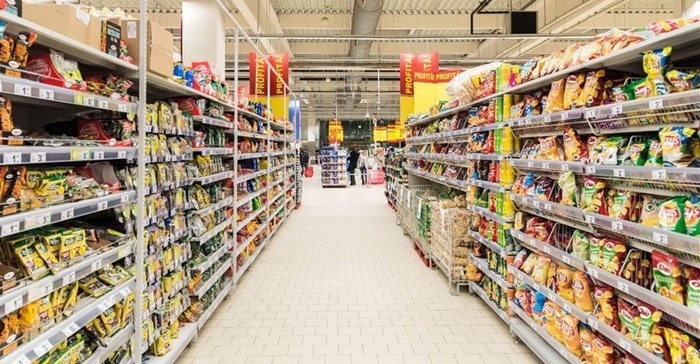Africa has an emerging and expanding middle-class of consumers that is demanding premium everyday products and has the proven spending power to pursue them. To capitalise on this growing demographic, it is incumbent on FMCG companies to understand the intricacies of each market. The first businesses to identify untapped target consumers and optimise distribution channels to reach them will have a significant advantage.
As far back as 2012, McKinsey identified the business potential associated with Africa’s rising consumer class – typically young, concentrated in urban centres, trend-savvy and discerning (though voracious) with their spending habits. Several years later, Africa is on track to hit a predicted $2.1 trillion in consumer spending by 2025, and Generation BUMP, a term Fraym coined to refer to Africa’s moneyed young consumer class, is as highly prized as ever.
It’s also worth noting that even when spending slows in African economies due to economic lulls, food and beverages remain the largest consumption category, accounting for around 40% of household spend in countries like Ghana, Kenya and Nigeria. The market is there, and consumers are able and willing to spend – but how can companies successfully gain market share?
Distribution and data are key
For FMCG businesses, optimising distribution is key, and that can be challenging in an African context where formal and informal markets frequently butt against each other. Often, existing market information is minimal, out-of-date or non-existent, forcing organisations to base decisions on gut instinct. Strategic decisions made with inadequate information can be costly. For the first time, however, hyper-local data is available to help companies devise winning go-to-market plans and mitigate downside risks.
In our experience working with FMCG companies across Africa, we’ve found the questions facing organisations are the same as anywhere else – starting with the need to identify the ideal customers for a specific product. Consumer data remains key, as it is across all other markets. Segmenting consumers by consumption baskets and preferences, employment status, education, and income, we can reveal who your best customers are and how they behave.
The next step for FMCG is identifying exactly where their target consumers are located. Returning to Generation BUMP, in Kenya, Fraym found that this profitable market segment of 4.5 million educated and aspirant 18 to 34-year-olds is dispersed across the country. By bringing together tailored consumer profiles and grid-divided satellite imagery, it became possible to pinpoint customer concentrations, and sales potential, with precision right down to square kilometre neighbourhoods.
Another key concern for FMCG companies is optimising distribution channels. Fraym was able to help an organisation accelerate their soft drink sales in Nigeria by providing insight into specific regions to target, which distributors were under- or over-performing, and helping to establish realistic sales goals in specific geographies. The machine learning central to today’s digital data analysis can even make remarkably accurate prelaunch predictions about how brands will perform in specific regions.
Consumer reach
The final question facing FMCG companies is marketing – how to best reach their target audience and make them aware of their brand and products? Geospatial data analytics can aid an organisation in identifying the most effective way to reach desired consumers by tracking media consumption patterns and mobile phone usage for specific consumer segments. In this way, it is even possible to identify high-potential intersections in otherwise unpromising districts for pinpointed advertising, such as billboards and rush-hour promotions.
We’ve seen first-hand that FMCG is a vibrant space across the continent with significant expansion and growth potential for sophisticated consumer-facing companies. The risk of misdirected and over-committed resources is great, though, making accurate insights essential.
Alternate datasets combined with geospatial analysis provide the clearest picture of the competitive arena, and enhance decision-making. They answer the big questions: Who are your best customers? How much product should you be distributing, and where, to reach these customers? And what’s the best way to market to them?
In this way, consumer analytics platforms that seamlessly weave together household-level survey data and the latest satellite imagery through machine-learning algorithms can help FMCG companies step-by-step in their quest to seize highly valued market share in the largest and fastest growing African markets.


























